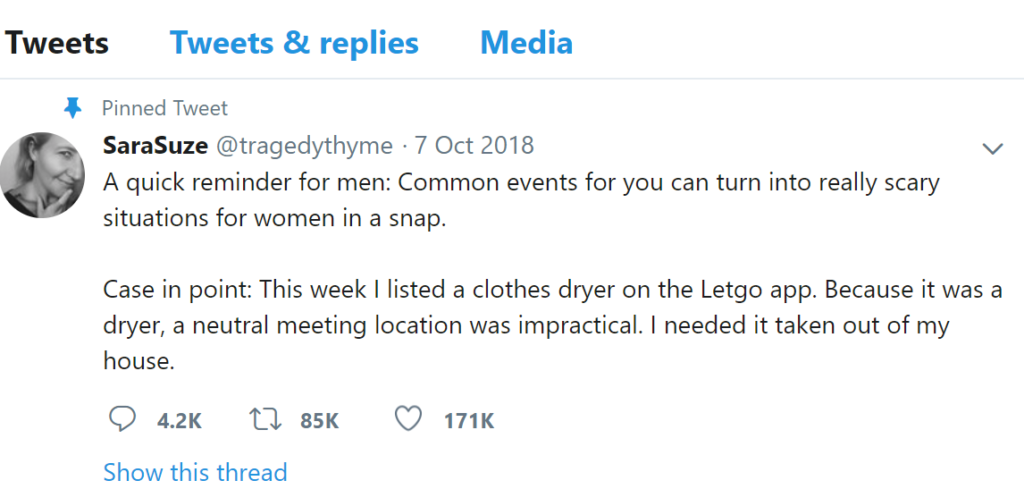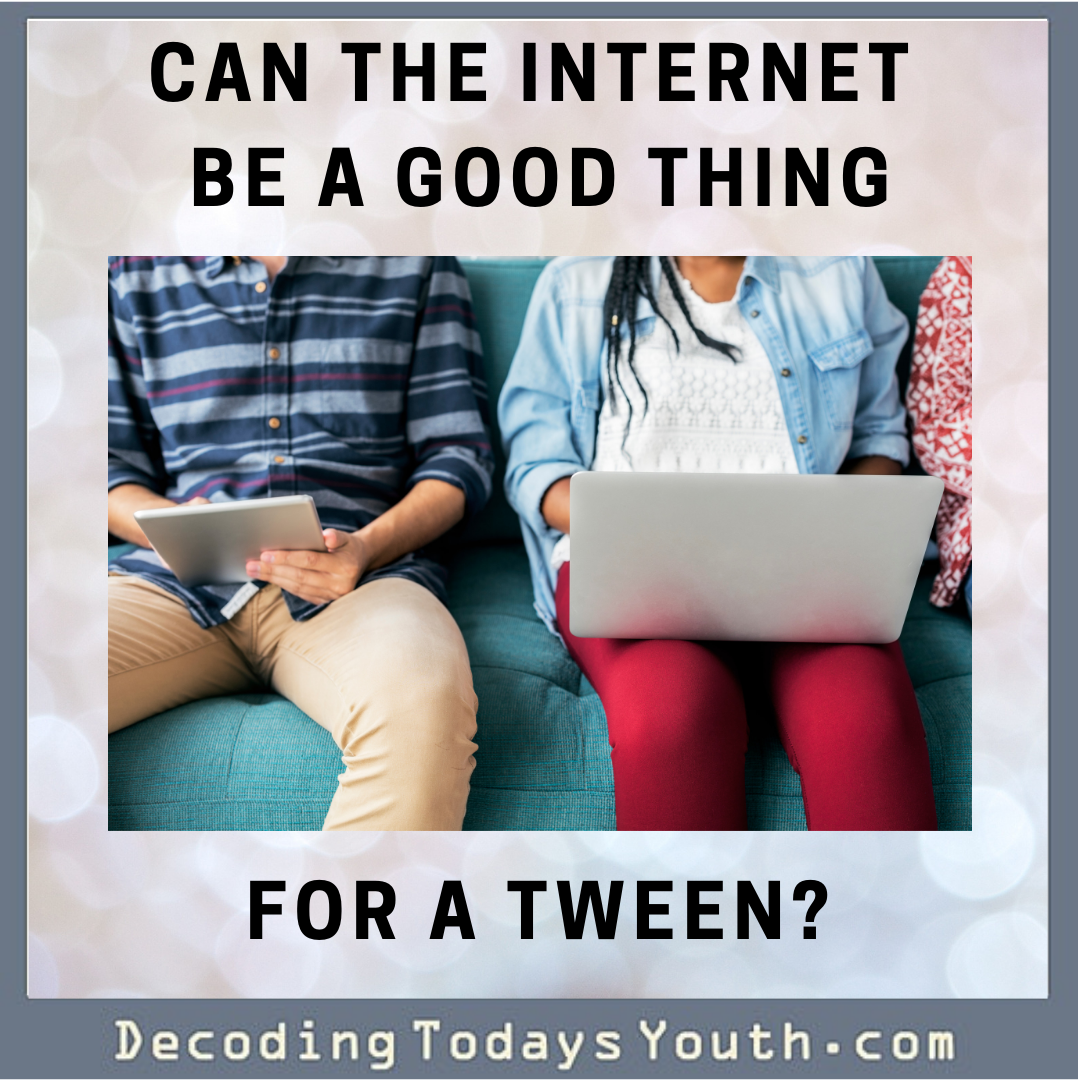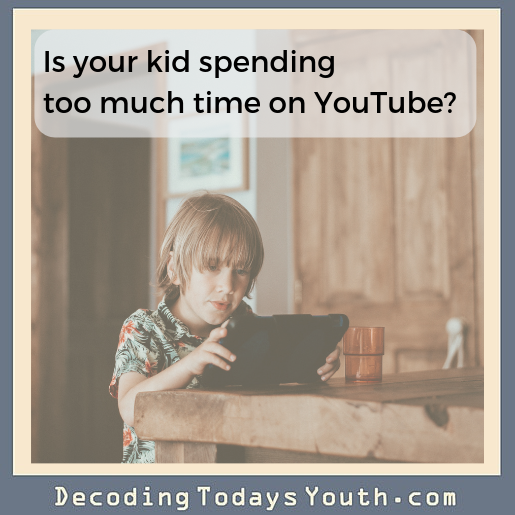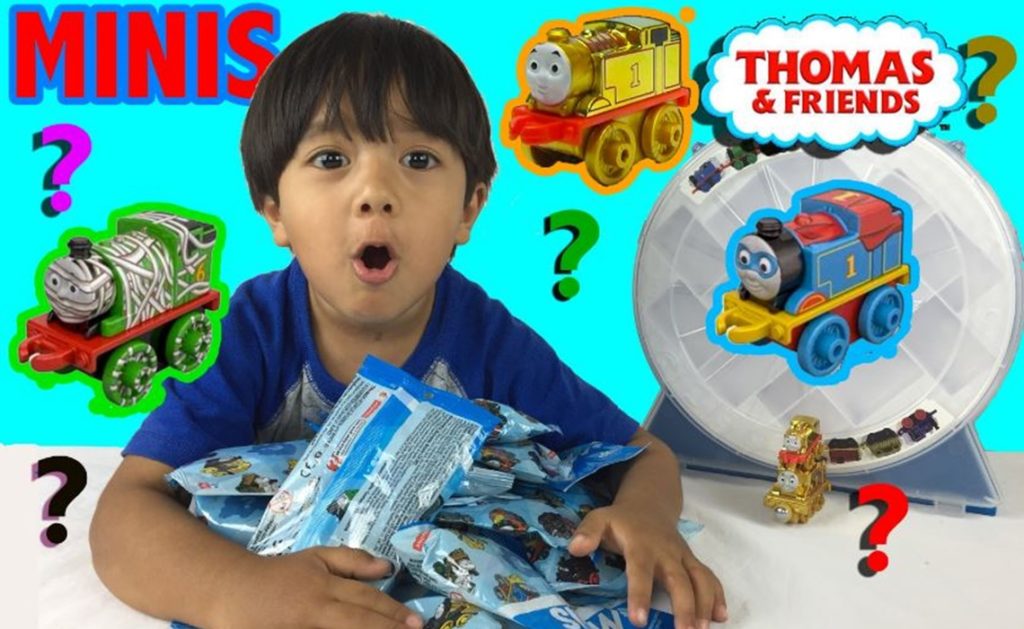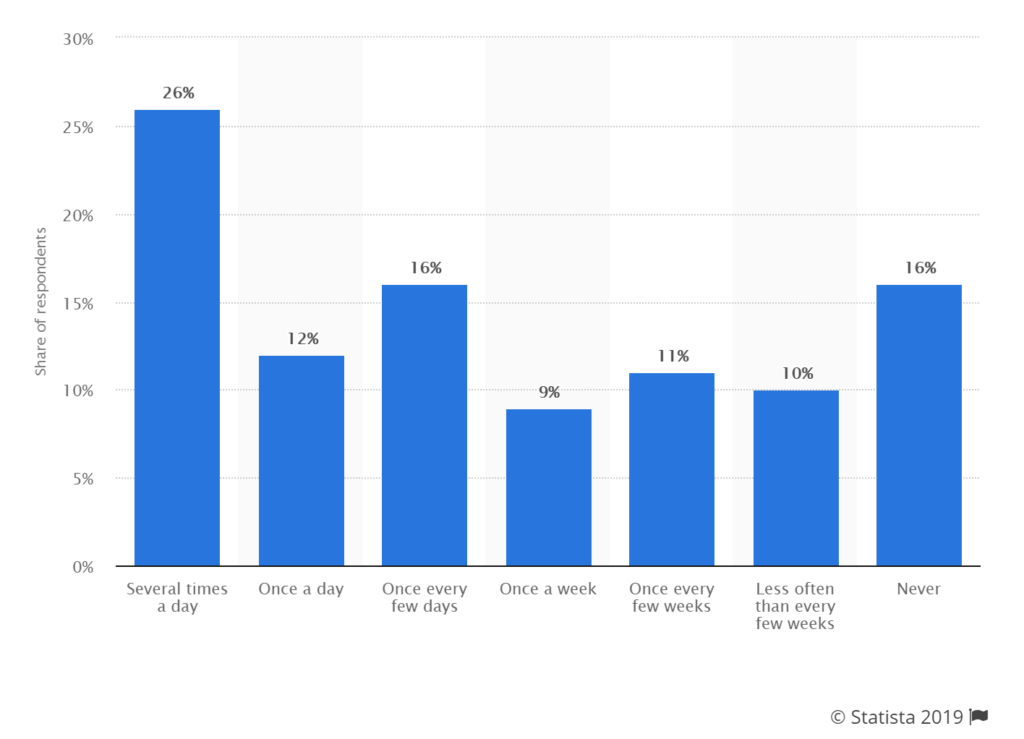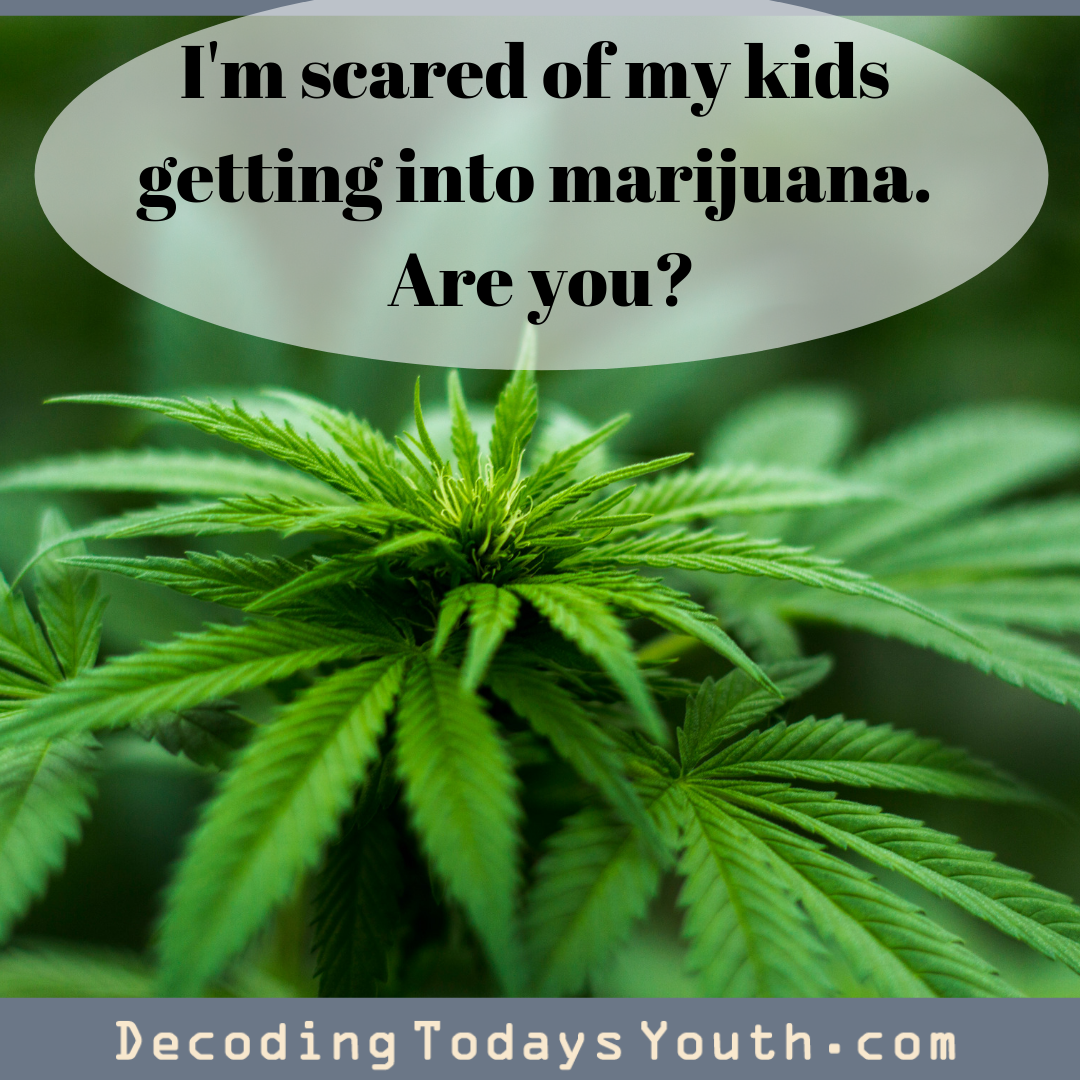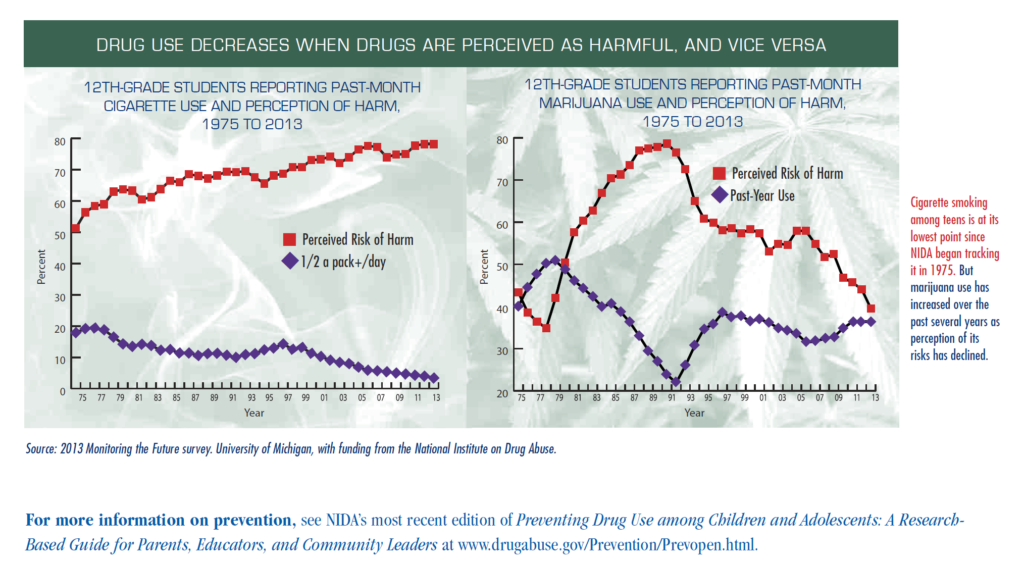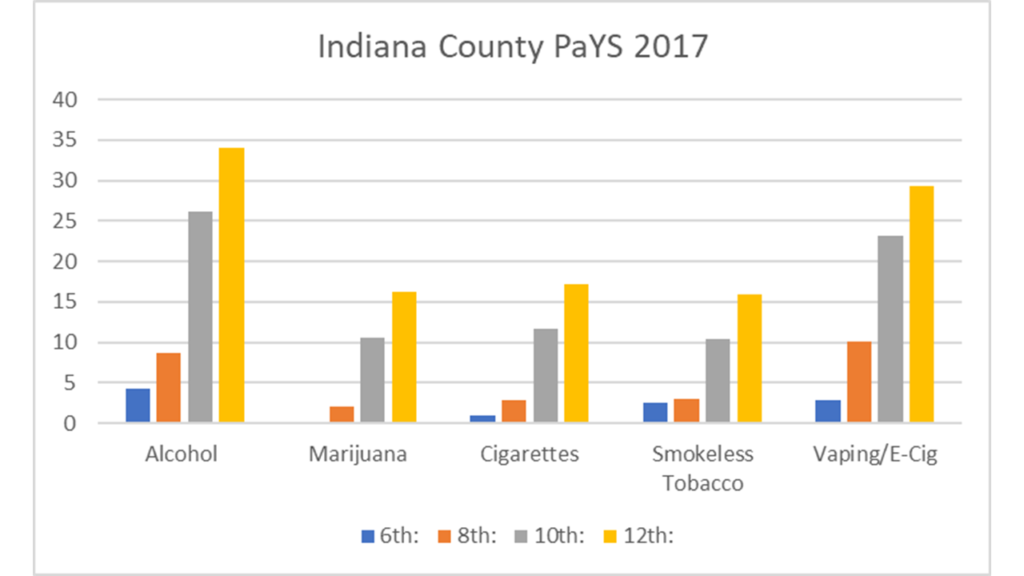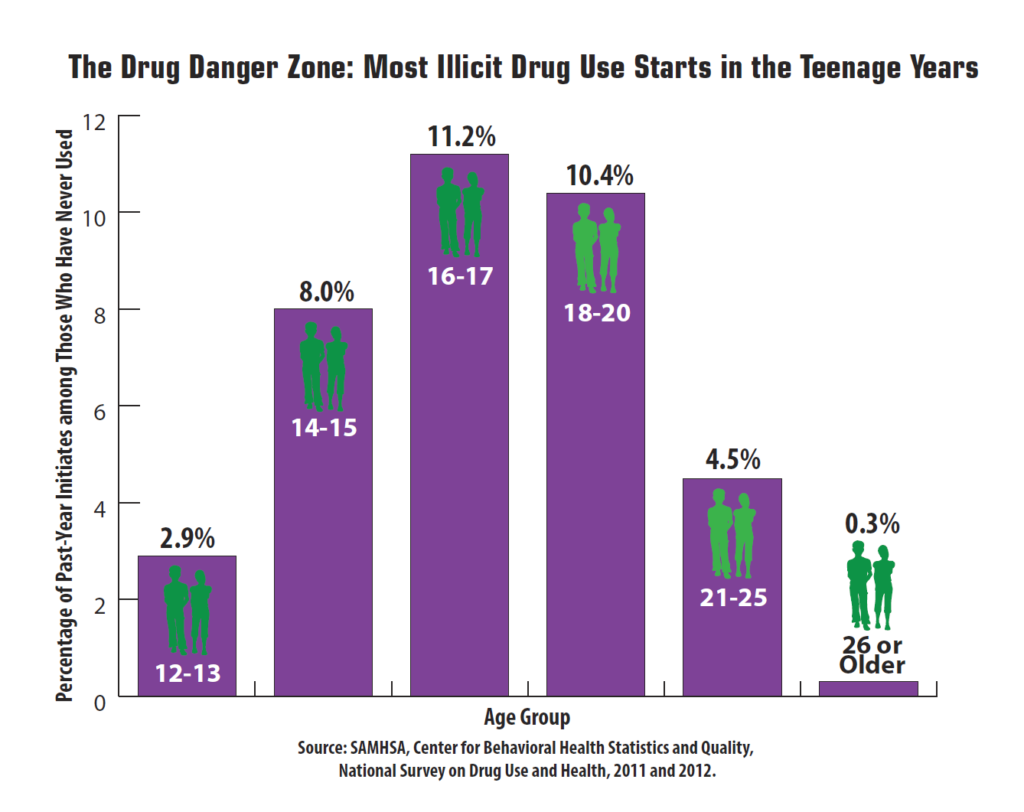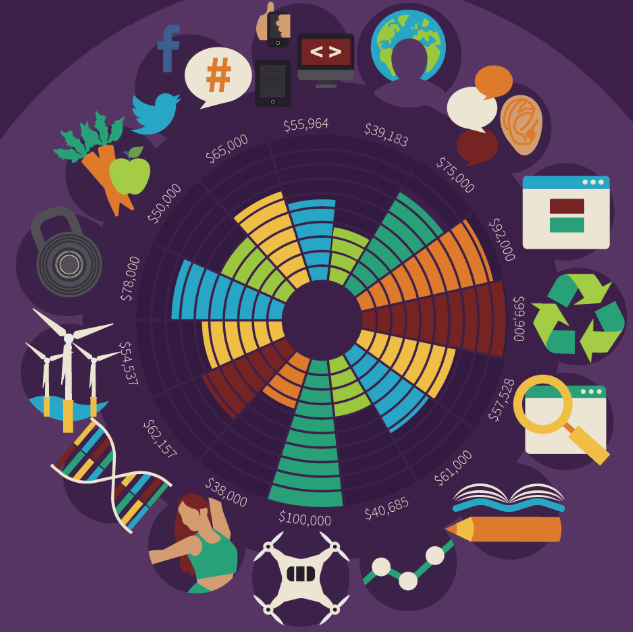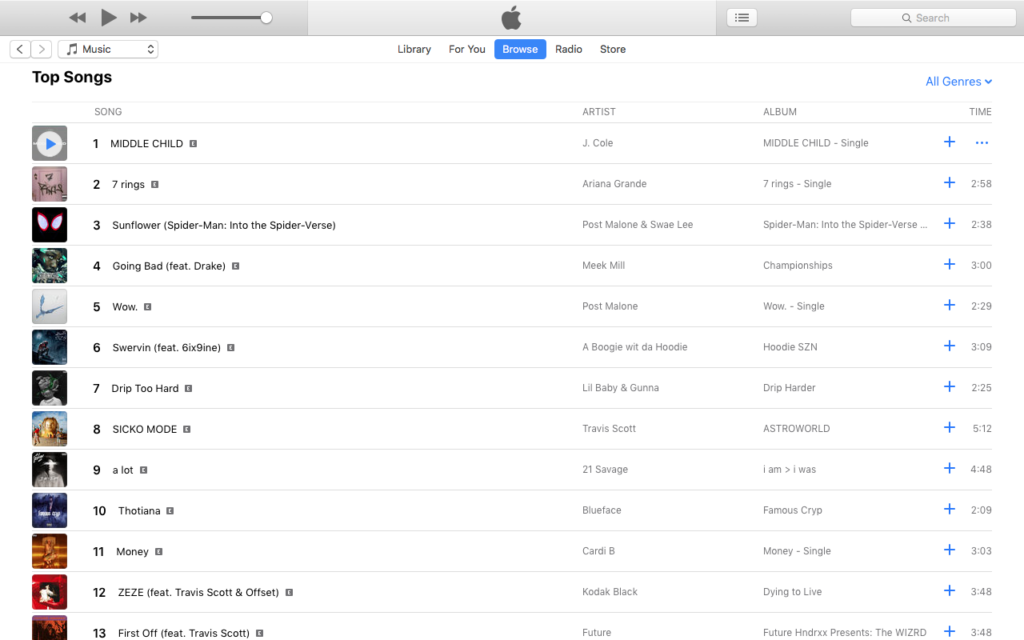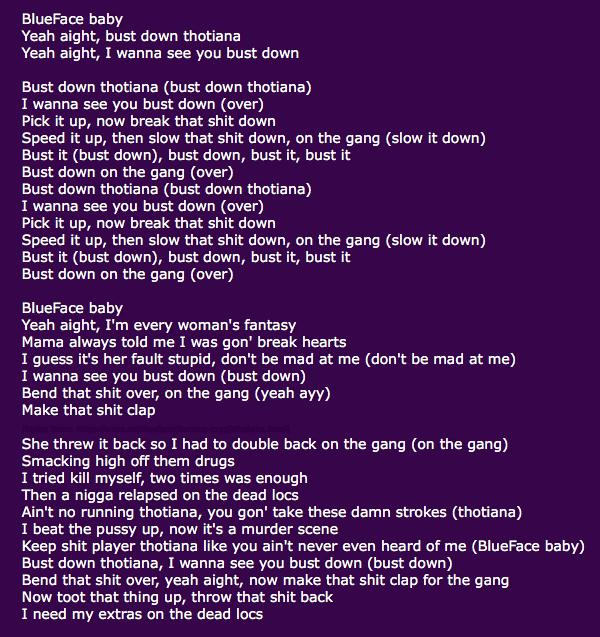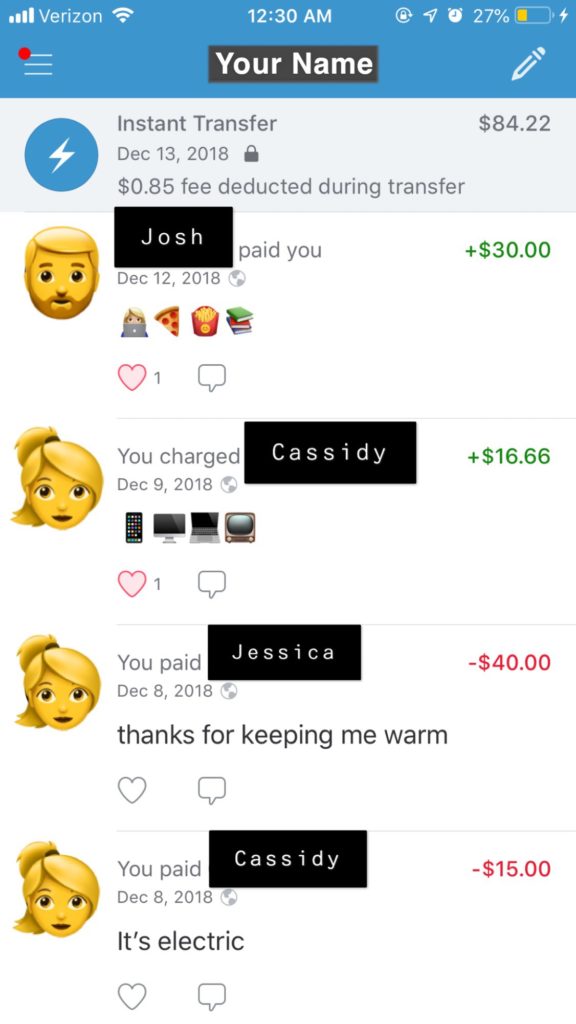
Everyone likes a good challenge, your kids included. When a dare is involved, kids have no choice but to step up to whatever challenge they’ve just been confronted with – innocent, funny or extremely dangerous.
2018 brought more dangerous ones than anything else. Here are the top 3 and the lessons they’ve taught parents and caretakers.
The Drake “In My Feelings” Challenge
The “In My Feelings” Challenge had kids walking along the passenger side of a car dancing the choreographed steps to the Drake song. Most times, the car was rolling along with no help from acceleration, so the speed was close to nothing. While it could have been mostly harmless if kids chose to do the challenge in an empty cul-de-sac or a quiet street, many accepted the challenge at stop lights and on regular-traffic, two-lane roads. (link1 and link2)
The Danger:
- Putting themselves in the way of passing cars
- Not slowing the car enough and injuring themselves getting out
The Lesson:
- Any challenge involving a car is mostly dangerous, especially when the passengers/drivers are barely legal or not legal to drive the vehicle.
Tide Pod Challenge
This challenge needs little explanation at this point. Earlier in 2017-18, kids decided to start eating Tide Pods. Toxic laundry detergent. It’s not necessarily new that kids ingest things they shouldn’t. But the U.S. poison control centers had 10,000 calls because of the pods in 2017 alone. (link)
I confess, when I was in middle school/high school, many kids were eating mouthfuls of cinnamon and choking when their mouths got too dry. They also tried the “Chubby Bunny” challenge. They stuffed their mouths as full as they could with marshmallows. Many people ended up choking or throwing up.
The Danger:
- Using a poisonous substance
- Using items for something other than their intended purpose
The Lesson:
- Even though your tweens are growing up and you don’t think you have to remind them not to eat unsafe items…
- …remind them not to eat unsafe items.
Zoom Challenge
This is when the subject sits on the ground, motioning like they’re shifting gear in a car, and a second person pulls their legs, so they speed away out of the frame. (link1 and link2)
The Danger:
- Pulling the subject so hard they smack their head off the ground
The Lesson:
- It looked harmless on the surface, but having someone else in control of your body will likely result in injury at some point in time.
2019 is looking a little more promising when it comes to challenges.
So far, we’ve seen the “What the Fluff” Challenge, confusing dogs by “disappearing” behind a blanket; the “Snoot” challenge, making a hole with your fingers and having dogs stick their noses in it; and the “Trash Tag” challenge, encouraging people to take before and after pictures of an area of nature filled with trash and cleaning it up.
The moral of the story is not all challenges are bad, but analyze the challenges you see popping up on your social media and ask yourself (a) would my kid try this, and (b) do I want them trying this.
But remember, many times your kid will see a new viral challenge before you do. Encourage them to practice commons sense and think about the consequences of their actions.
For a little bit more from us on pop culture and social media, try…




